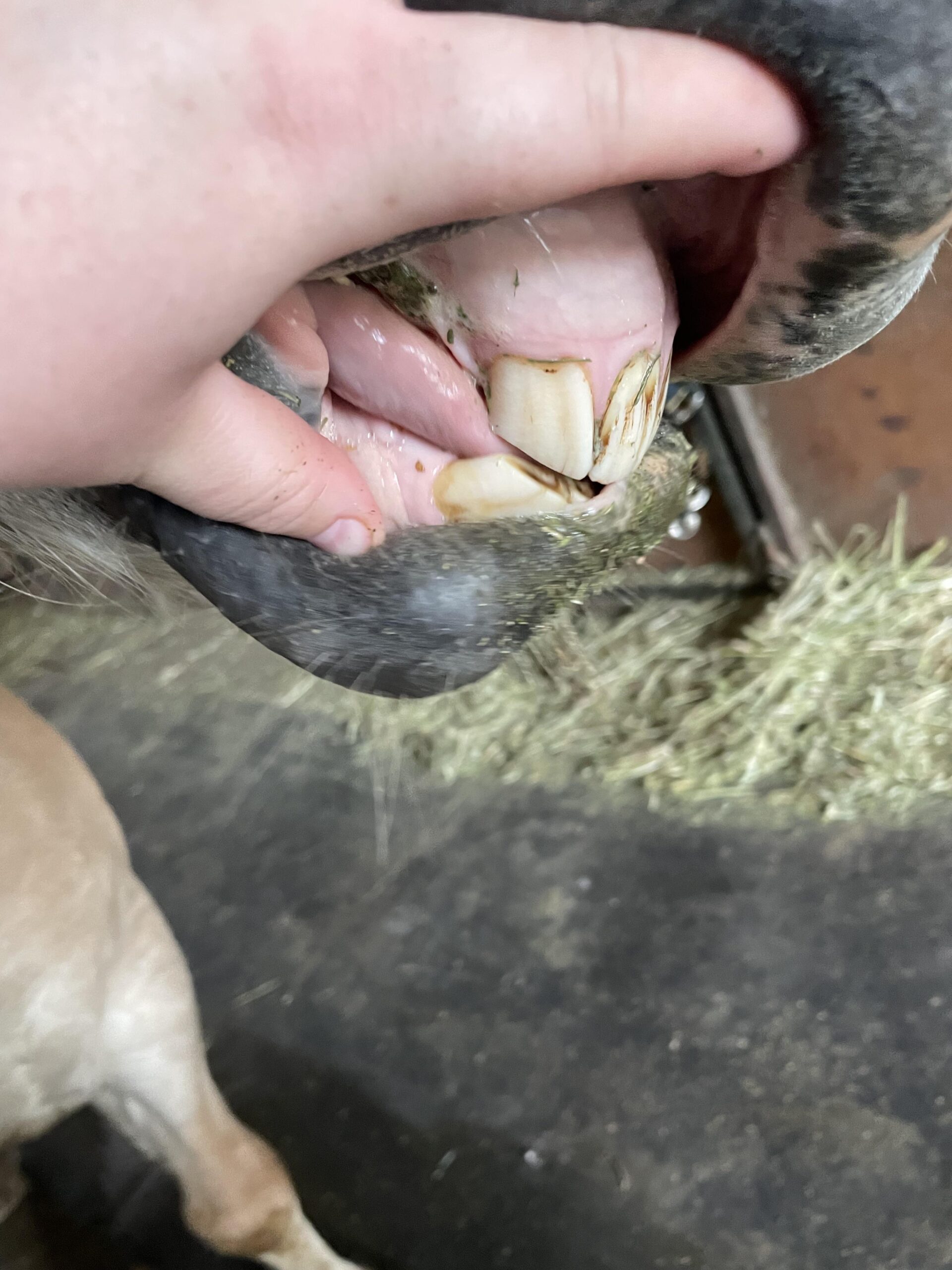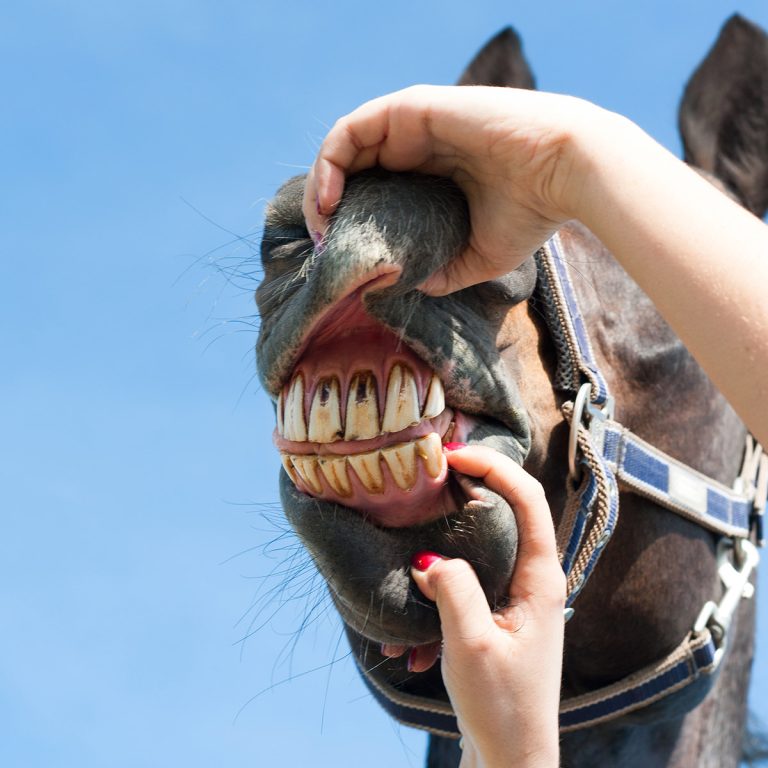Horse Teeth: Continuous Growth Throughout Life

Horses have a unique dental structure that supports their herbivorous diet and active lifestyle. One fascinating aspect of horse teeth is their continuous growth throughout the animal’s life. This article explores the anatomy, growth patterns, care, and common dental issues related to horse teeth.
Understanding Horse Teeth Anatomy

Horses possess a set of teeth specially adapted for grinding fibrous plant material. Their teeth include incisors, canines, premolars, and molars. Unlike human teeth, horse teeth are hypsodont, meaning they have high crowns and continue to erupt over time to compensate for wear.
| Type of Tooth | Function | Characteristics |
|---|---|---|
| Incisors | Cutting grass and forage | Sharp edges, continuous eruption |
| Canines | Defense and fighting (mostly in males) | Small, pointed, less common in females |
| Premolars | Grinding food | Large surface area, continuous eruption |
| Molars | Grinding food | Largest teeth, high crowns, continuous eruption |
Continuous Growth Explained

Horse teeth grow continuously to offset the constant wear from chewing tough plant material. This process is called “eruption,” where the tooth slowly emerges from the gum to replace worn surfaces. Typically, horse teeth erupt at a rate of about 2-3 millimeters per year.
Why Continuous Growth is Important

- Diet Adaptation: Horses consume abrasive grasses and hay that wear down teeth quickly.
- Longevity: Continuous growth ensures horses maintain effective chewing ability throughout their lifespan.
- Health Indicator: Changes in eruption patterns can signal health or nutritional issues.
Dental Care for Horses
Proper dental care is essential to manage the continuous growth and prevent problems such as uneven wear, sharp points, or dental hooks.
Common Dental Procedures
- Floating: Filing down sharp edges to prevent mouth injuries.
- Extraction: Removing damaged or infected teeth.
- Regular Check-ups: Biannual dental exams to monitor tooth health.
Common Dental Problems
| Problem | Description | Symptoms | Treatment |
|---|---|---|---|
| Sharp Enamel Points | Overgrowth causing mouth ulcers | Drooling, difficulty eating | Floating |
| Hooks | Overgrown tooth edges interfering with bite | Head tossing, weight loss | Dental correction |
| Wave Mouth | Uneven wear creating a wave-like surface | Poor chewing, weight loss | Specialized floating |
FAQ
Q1: Do horse teeth ever stop growing?
No, horse teeth continuously erupt throughout their life to compensate for wear.
Q2: How often should a horse’s teeth be checked?
At least twice a year to ensure proper dental health.
Q3: Can poor dental health affect a horse’s overall well-being?
Yes, dental issues can lead to weight loss, behavioral problems, and digestive issues.
Q4: What signs indicate a horse may have dental problems?
Signs include difficulty eating, dropping food, bad breath, and head shaking.
Conclusion
Understanding the continuous growth of horse teeth is vital for proper care and maintaining the animal’s health. Regular dental check-ups and timely treatments help ensure horses can chew efficiently and stay healthy throughout their lives.
This article provides a detailed overview suitable for horse owners, veterinarians, and equine enthusiasts interested in equine dental health.
